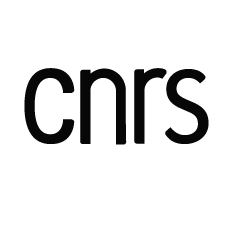SCALab seminar
scalab Séminaire
Université de Lille, salle des colloques, Maison de la Recherche
By Solène Kalénine, Team AVA
Main findings from the ANR PERCERA project (2016-2021)
Abstract: Theories of embodied cognition posit the existence of intimate relations between perception, action, and object representations. Perception of manipulable objects or perception of object-directed actions would activate the same action representations as those involved in actual action execution. Moreover, multiple action representations may be simultaneously activated. Thus, the objective of the project is to characterize the mechanisms underlying competition and integration between action representations during object and action perception. Since action representations and competition monitoring abilities are dynamics, we further aim at highlighting perceptual modifications that may be caused by developmental, interindividual and contextual changes in action processing. In a first protocol presenting visual objects in a virtual environment, we assessed the perceptual cost entailed by the competition between gesture representations and studied how it changed between 8 and adulthood. We also identified the neural correlates of this cost using electroencephalography and how it may be modulated by the presentation of action verbs. In a second protocol using visual actions containing gesture and/or goal violations, we evaluated the activation and competition between gesture and goal representations at the behavioral and brain levels. Results showed that the cost of the competition between gesture representations does not follow a linear development: it is visible in young children and adults but disappears during adolescence. At the brain level, it is reflected by a suppression of motor resonance during object perception, more or less importantly depending on the verbal context. Results further indicated that recognition of object-directed actions follows a predictive model, even when contextual cues are minimal. A representation of the action goal is first activated before being integrated with gesture information. Nonetheless, goal priority is modulated by the social functioning of the observer. Findings demonstrate the dynamic involvement of action representations of gesture and goal in perception.

